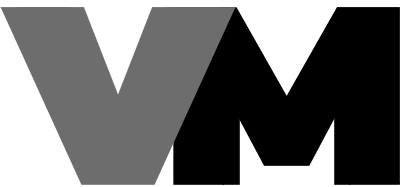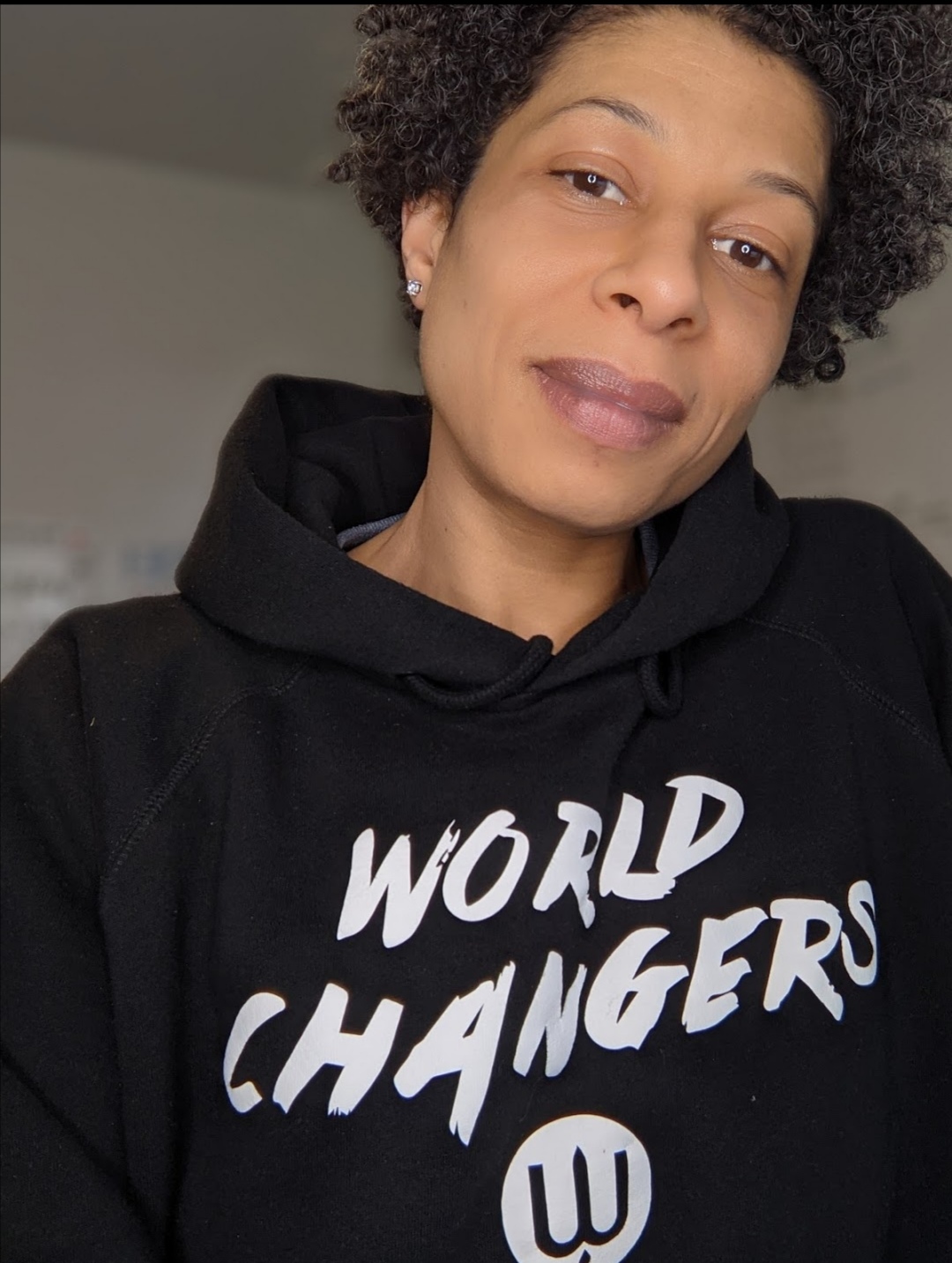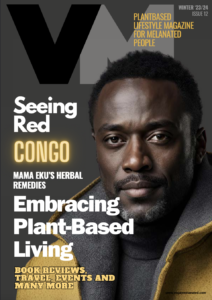A discussion on the Importance of Movement, and why it isn’t about exercise and ‘being fit’
First, a little about me. I’m a mother of 3 children. After I had my third child my body broke. It decided enough was enough and it wasn’t going to cooperate anymore. I had Fibromyalgia, Dysmenorrhea, Depression and a number of other health complaints that made my life miserable. Antidepressants were offered to me, I took them for a while, they didn’t help, they were an ineffectual plaster/band-aid on an oozing wound.
Taking it upon myself to heal my body was one of the best decisions I’ve ever made, that and buying a big trampoline for the garden! I started devouring whatever research I could about the mechanisms of the body, nutrition, auto-immune diseases, holistic healing, fasting, meditation, fitness, environmental toxins… I finally found information that made sense regarding what I was suffering from. I picked a start point and dove straight in with little to no idea what I was doing, but I knew my end goal was – and an end to the inflammation that was riddled throughout my body, causing all sorts of things to go wrong, one thing after another.
I’ve since healed my body to a great extent – I can sleep, wear clothes without pain (even tight sleeves would cause pain in my arms), pick up my children (even my teenager who is taller than me), and I smile more than I ever have (once my son asked me why I didn’t smile very much, he was about 6 years old and it broke my heart).
An important realisation occurred to me – I wasn’t moving my body. I mean, I was moving around sure, doing laundry, walking around the neighbourhood etc. but I wasn’t really moving in a way that had any long term benefit to my body or my mental health.
Children? They’re always moving. Jumping, dancing, running, spinning and generally jiggling around as a way of life. Also consider the flexibility children have, they can sit in a full squat position for hours on end, do rolly-pollys around the floor for fun… Can you do that? Mum, Dad, Aunty, Grandma? Some of us adults have lives or careers that lend themselves to being physical, many of us don’t however, and that has meant that we lose our flexibility, our mobility, and our general joy of moving!
My journey from illness to health has shown me quite clearly that we don’t move our bodies nearly enough, and that it has serious ramifications on our longevity and mental health.
Movement is something our species is meant to do, is born to do, is an integral part of how we develop our intelligence, and highly important when it comes to our social skills. In short, it’s a huge part of what makes us human.
When we stop moving it literally shuts off part of our ‘humanity’.
Even before I became an African Dance Fitness Instructor, I taught my clients how to avoid environmental toxins and get movement back into their lives.
Did you know that we detox through our sweat? Did you know that simply doing some yoga in the evening can help detox your system and improve your sleep? These are the things I teach my clients and my children, things that we should all have knowledge about.
Our modern lifestyles are doing damage in more ways than one. Our love of driving everywhere; sitting at desks for work; sitting at tables to eat; sitting on sofas; sending our children to dance classes but sitting at the side to watch; maybe joining a gym as a New Year’s resolution but then finding excuses for the membership to lapse… These were on my list, these are the things I had to change about my life. Sound familiar?
Cataclysmic events, while highly instructional if you survive, aren’t the easiest ways to learn new habits. So let’s build some new habits before our old ones lead us down destructive paths!
| Old Habits | New Habits |
| Driving | Walking, Running, Cycling |
| Sitting at a desk | Get a standing desk – make sure it’s at the correct height for your body |
| Sitting (watching tv, eating etc) | Sit cross legged on the floor (or on a stool etc) |
What else can we add?
There are several things you can add to your day/routine without compromising anything you enjoy, and that will enhance your life in interesting ways.
Kegels Exercises
These are excellent for strengthening your pelvic floor muscles! They are easy to do but something we ignore, or aren’t even aware of. I didn’t realise they were important to focus on until I was pregnant with my first child! Now that I’ve had 3 children I’m very aware of how these small internal muscles are imperative for a healthy menstrual cycle, and more importantly, being able to play with my children on a trampoline without fear of wetting myself, or laughing so hard that I have to ‘exit stage left’ and visit the bathroom… Yes. It has happened to me.
Kegels should be done at least 3 times a day. 1 set = 10-15 repetitions 3 times.
How? Imagine tightening your urination muscles as an elevator/lift going up several floors in your body. See how high you can raise the elevator, then release it slowly down to the ground floor again.
Some suggestions for perfect opportunities to do some quick Kegel exercises.
- While urinating, stop the flow of urine on purpose and hold for a few seconds before releasing. Repeat as many times as you can until you’ve emptied your bladder.
Caution: Don’t use this as your only/main method of kegel exercises! You could end up getting into a habit of NOT fully emptying your bladder which has other complications.
- While at your standing desk.
- Waiting for a bus, taxi, the bathroom, for the kettle to boil. Generally while you’re waiting, you get the idea.
Deep breathing and Breathwork
Everyday there are more health practitioners popping up reminding us to ‘breathe properly’. What does this even mean? Well, for most people, if asked to take a deep breath, their chest would swell and their shoulders would raise towards their ears. This isn’t the way we should be doing it, the best way to take a good, deep, intake of breath, is by filling the lower part of our torso with air.
Try this out – put your hands on your abdomen, inhale while keeping your chest and upper body still, fill your abdomen with air, feel it expand under your hands, then exhale, expelling as much air as you can. This is a functional breath.
Sometimes called Diaphragmatic breathing, Belly breathing, or Abdominal breathing, this method is wonderful for relieving anxiety and stress, it’s also helpful for increasing your lung capacity.
Moving your body more is going to require a decent lung capacity. Keep breathing.
Head, Shoulders, Knees and Toes?
Hips. What about our hips? The ability to get into a deep squat has been lost by most adults, or even those over 13 years old in many cases. Maintaining mobility in our hips is one of the most important things we can do for our overall health, longevity and enjoyment of life.
Sitting in chairs so often, with their 90 degree angles and backs to rest against, has basically shut off some main functionality of our biggest muscles, while stressing other muscles unnecessarily. Our glutes (not just one large muscle, but a combination of muscles that work together to be the Mecca Of Power for our body) are critical for running, walking, jumping, sitting, standing, going up stairs, downhill, basically any activity at all!
Even sitting on a conventional western-style toilet contributes to complications in our bowels due to the fact that the position we’re sitting in shuts off the basic function of the sphincter, pinching the end of the colon and making it more difficult to fully empty our bowels. Over time this has repercussions and impacts our health in many ways.
- Use a small foot-stool to rest your feet on while sitting on the toilet, your knees need to be higher than your hips to be in the correct position to release your bowels efficiently.
The list of problems associated with sitting too often includes:
- Herniation of the lumbar spine
- General back pain
- Decrease in bone density
- Less hip mobility and flexibility
- Weak abdominal muscles
- Weak glute muscles
- Negative impact on blood sugar and blood pressure
- All the ‘knock-on’ effects that the above will have on mood, stress, sleep etc.
When your grandmother told you to “bend your knees when you pick up things from the floor”, she was right. Bend your knees, keep your chest up, put your weight in your heels.
Giving birth in a squat is also the most natural thing a human woman can do. We should do whatever we can to regain the ability to sit comfortably in a deep squat, and keep that ability into our elder years.
Sweat. Sweat. Then, sweat some more.
Our sweat glands do more than produce salty water. It’s an important detoxification system! We can eliminate toxins through our urine also, but sweat is more efficient.
Studies have shown that some man-made environmental toxins are eliminated through sweat: BPA and PCB’s.
Sweating from exertion is also amazing for your skin! Sweating through stress or anxiety is a different function and can often smell different when dried onto the skin or clothes.
Happy sweat? It actually smells different! When we smell ‘happy sweat’ it can affect our mood too. When we’re in a group exercise class like a dance class or fitness class, these odours contribute to the way we feel about the activity. Maybe this is the next big perfume craze?
Caution – Be careful what hygiene products you apply to your underarms! You have many detox functions in your armpit, your lymph nodes are the garbage disposal, the bin-man, the ones who take out the trash! Using certain chemicals in your armpit can have drastic consequences to your body and its function; use products that are as natural as possible!
I won’t go into the many hazards inherent in most of the Hygiene and Beauty products on the market, you can email me for more details. Suffice it to say that most of these shop bought products disrupt your endocrine system, your hormones and generally wreak havoc on your bodily functions.
Singing as Movement
Yes. Singing. Humming. Whistling. La la la-ing and do bee doo-ing are all wonderful things you can do. Clicking your fingers, tapping your foot, or hitting that high-note in the shower… it’s all amazing for your health!
It’s free, you don’t need to buy any extra equipment and you don’t need anyone’s approval!
Heard of endocannabinoids (ECS)? Did you know your body has an endocannabinoid system? Much like your respiratory system, circulatory system etc, your endocannabinoid system is an integral and essential part of our ‘machinery’. The ECS is in fact in charge of your hormones, your endocrine system, and is fundamental to the proper functioning of the other systems. It is so intricate and complex that we don’t even understand the extent to which we need it; scientists are still investigating the breadth of its potential.
Well, this wonderful piece of physiology is nourished when you sing, dance and move your body! Our bodies and brains are hardwired to move, dance and sing. We’re rewarded when we do these activities. The cocktail of natural chemicals released into our systems that make us feel good are our reward.
The runner’s high? That is part of what we’re talking about here. That feeling of elation when your body has been doing a physical activity at a certain intensity for a prolonged period of time. A host of bodily functions are involved in this runner’s high, endorphins, dopamine, anandamide, oxytocin, and yes, scientists are still investigating the phenomenon, it isn’t fully understood.
You may have heard that this process makes our experience of pain, anxiety and depression quite different. Studies show that those of us who sing, dance, or generally engage in physical activity, have a higher pain tolerance, experience less anxiety and are more socially content.
Not everyone experiences this ‘high’ to the same degree, some report they haven’t ever felt it, however studies have shown that the ability to experience the ‘runners high’ can be bred into rats. Scientists selectively bred the rats with the highest propensity for a ‘runners high’, and ended up with a clan of Super Runners! Rats that, when prevented from running (the scientists removed their running wheel), became depressed and agitated.
Interesting right?
Dancing, Social Connection and Community
Azonto. Soca. Shaku Shaku. Merengue. Bolero. Makua. Calypso. Adumu. Flamenco. Ballet. Zumba. Tony Britts… Wait who? Trivia: Tony Britts (real name Anthony Menson Amuah. According to sources, he was born in Ghana on November 24th 1955 and died June 1988) was a Black aerobics instructor who had a segment on the BBC, a 3 min show called Twice As Fit, it ran in the 1980’s.
Dancing is a kind of movement that is enjoyed universally. Every culture has traditional dances, ways of moving, times of the year certain dances are done, and they’re usually done in groups.
In her article ‘The Dancing Species: How dancing makes us human’, Kimerer LaMothe writes “Despite efforts waged by Christian Europeans and American colonists across six continents over 500 years to eradicate indigenous dance traditions and to marginalise dancing within their own societies, dancing continues wherever humans reside.”
Moving in groups, whether it’s an aerobics class, a dance class, a Zumba class, when ‘Candy’ comes on in the club and everyone knows the moves, induces a state of collective joy. This phenomenon was coined Collective Effervescence by French sociologist Émile Durkheim (1858-1917) who theorised that ‘collective effervescence’ — moments in which people come together in some form of unifying, excitement-inducing activity — is at the root of what holds groups together.
One of my favourite books is called The Joy of Movement by Kelly McGonigal. I’d like to quote directly from the book as she says it beautifully:
On Anxiety
“Movement isn’t addictive only when it becomes pleasurable, I think the brain can sense resistance being ‘wired in’… Courage is another predictable side-effect of how physical activity changes the brain. At the same time a new exercise habit is enhancing the reward system, it also targets regions of the brain that regulate anxiety. In lab studies with rats, 21 days of running altered their brain cells and prefrontal cortices, areas of the brain that control the body’s response to fear and stress, in ways that made the rats braver and better able to handle stressful situations. In humans, exercising 3 times a week for 6 weeks, increases neural connections in areas of the brain that calm anxiety…”
On Social Connection
“Your understanding of the part of the world that belongs to you expands, this feeling can translate onto both self confidence and social ease. You can walk away from a dance party or group exercise class with an expanded sense of belonging and an embodied ‘knowing’ that you have the right to take up space in the world…”
On Group Unity
“As you move your brain receives feedback from muscles, joints and inner ear about what your body is doing, simultaneously you see others performing the same movements, when these inputs arrive at once, your brain merges them into one unified perception. The movements you see in others become linked to the movements you feel, and your brain interprets the other bodies as an extension of your own. The more fully the brain integrates these perceptual strains, the more connected you feel to those you are moving with…”
What can we take from this?
Well, it shows me that we’re in charge of our bodies in ways we don’t necessarily realise. We are not leaves blowing in the breeze, waiting for the next gust to affect our physiology. We can alter our experience of life in ways that are fascinating (using a stool to help your bowels), joyful (singing out loud in the shower) and exhilarating (dance like no-one/the whole world is watching, your choice).
It shows we exude information about ourselves dependent on whether/how we are moving, we literally give off and receive signals from those around us dependent on our mental state!
We have learned that the path to the best high (and most natural of human states), the Ultimate High, is through moving in unison, in groups, to music.
I am an African Dance Fitness instructor. Teaching this form of movement (created by a Professor of Dance from Ghana, Kukuwa Kyereboah) has made a significant impact on my health and that of my students. We all benefit from the ultimate high, three times a week, online. This Zoom culture that we’ve been thrust into has its benefits, I get to commune with individuals far and wide, who wouldn’t have had access to this functional fitness class otherwise. We dance to songs from across the continent of Africa, using traditional dance moves, connecting to our roots and each other.
We were born to move, dance and commune with others, in synchrony, to music. Join the movement. Find me on Instagram, or email me vikki@greengangfamily.com for more information about classes.
References
- https://i-d.vice.com/en_uk/article/g5x7gm/bbc-fitness-instructor-tony-britts-forgotten-black-gay-icon Tony Brits. Article from Vice.
- https://www.youtube.com/watch?v=FyTqEl1yKbQ&feature=emb_title Dance, Dance, Evolution.
- http://kellymcgonigal.com/the-cover-story The Joy of Movement by Kelly McGonigal.
- https://jeb.biologists.org/content/215/8/1331 Wired to run: exercise-induced endocannabinoid signaling in humans and cursorial mammals with implications for the ‘runner’s high’.
- https://www.ox.ac.uk/research/research-in-conversation/how-live-happy-life/dr-bronwyn-tarr Dr Bronwyn Tarr, How to Live a Happy Life.
- https://aeon.co/ideas/the-dancing-species-how-moving-together-in-time-helps-make-us-human Kimerer LaMothe
- https://www.ncbi.nlm.nih.gov/pmc/articles/PMC5651381/ Rats bred for low and high running capacity display alterations in peripheral tissues and nerves relevant to neuropathy and pain.



